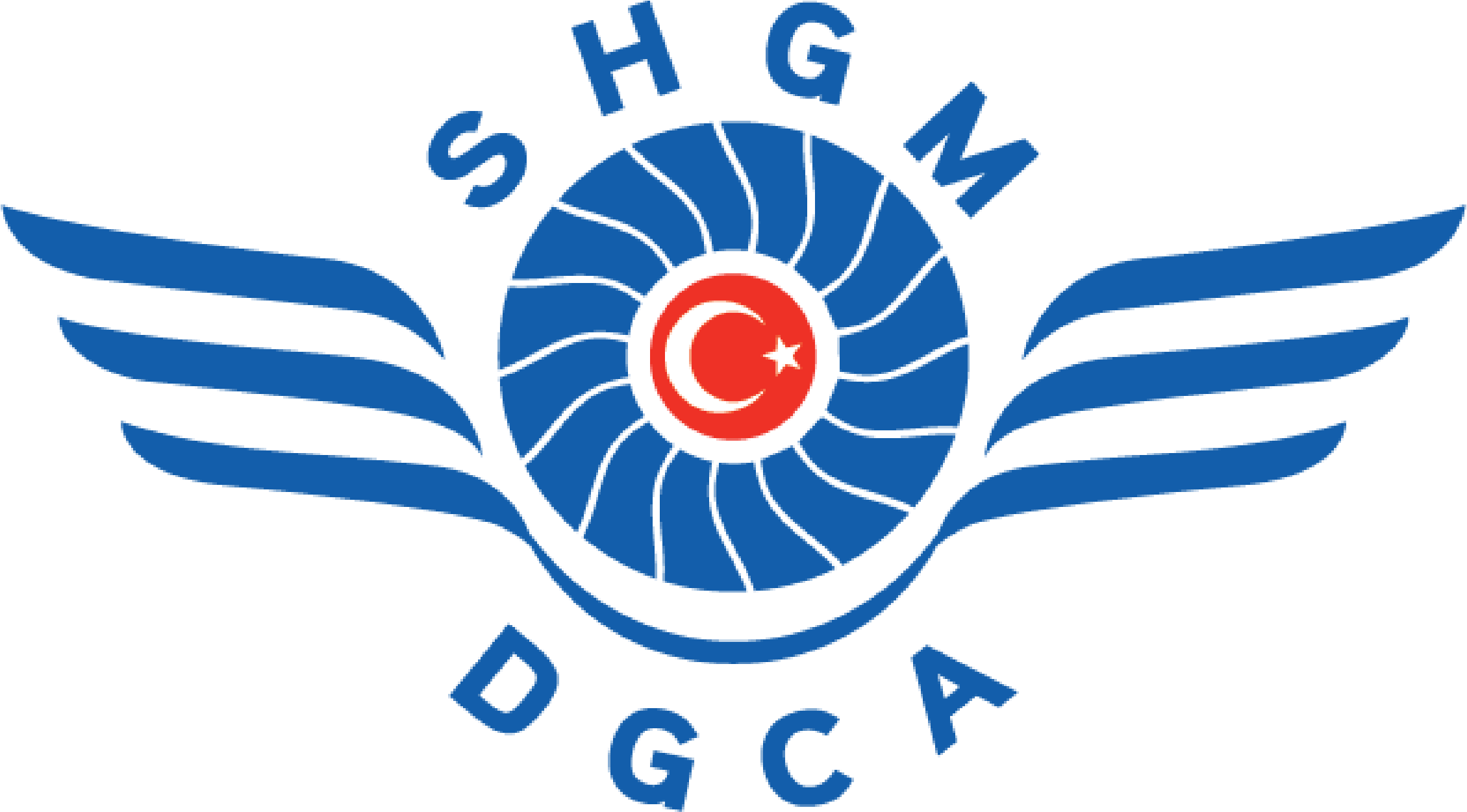30 percent of archaeological excavations have been completed
Excavation and restoration work has been carried out by local and foreign scientists for 100 years in Ayasuluk Hill and St. Jean Monument, which was accepted to UNESCO World Heritage List as Ephesus and its components in 2015. Stating that approximately 30 percent of the excavations have been completed for Ephesus so far, Vice President of the excavation team Fırat Baranaydın said: “The cultural heritage sites in our country are of great importance in order to save tourism from seasonality and spread it to 12 months. The continuation of the excavation of Ayasuluk Hill and St. Jean Monument, which are among the important destinations of both culture and faith tourism, will increase the tourist attraction in Selçuk district.”
In 2020, with the Presidency decree, Faculty Member of Hatay Mustafa Kemal University Department of Art History Asst. Prof. Dr. Sinan Mimaroğlu was appointed as the head of the excavation team and faculty member of Istanbul Gelisim University Restoration and Conservation Department Lect. Fırat Baranaydın was appointed as vice president. Reminding that the excavations were started in 1921, Fırat Baranaydın said: “Since 2018, there are people from Istanbul Gelisim University (IGU) academics, graduates and students actively participating in the studies. With the active participation of IGU in the new season in 2020, we aim to give important data to world history, archeology science and conservation and repair works.”
Baranaydın also added: “The continuation of the excavation of Ayasuluk Hill and St. Jean Monument, which are important destinations of both culture and faith tourism, will increase the tourist attraction to Selçuk district.”
Baranaydın, who gave information about the history of Ayasuluk Hill and St. Jean Monument, continued as follows:
“Ayasuluk Hill, which was the first settlement area of Ephesus under the name Apasa in the bronze ages, also formed the last settlement area of the city in the Byzantine era. The city, the capital of the Asian province of the Roman Empire, has maintained an important port position for about 1400 years, where trade was kept alive between Europe, Africa and Asia. It is believed that St. John, the Bible writer and apostle of Jesus Christ, wrote the bible on Ayasuluk Hill, and a large cross church was built in this area by the Byzantine emperor Justinianus, together with Hagia Sophia. Isa Bey Mosque, which was built on the foothills of Ayasuluk Hill under the rule of Aydınoğlu Principality, formed the most magnificent structure of the Turkish-Islamic civilization in Western Anatolia.”
.jpg) Created Date: : Wednesday, June 10, 2020
Created Date: : Wednesday, June 10, 2020
.jpg) Created Date: : Wednesday, June 10, 2020
Created Date: : Wednesday, June 10, 2020







